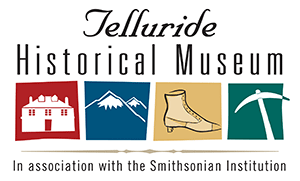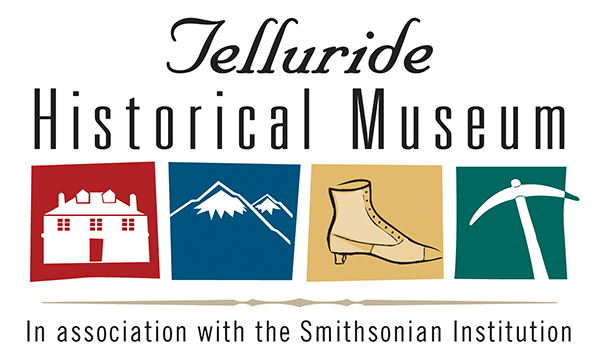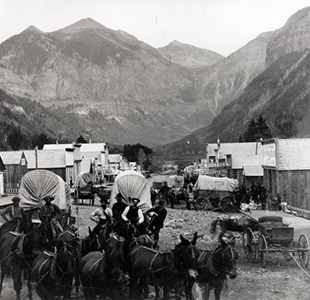“TELLURIDE UNEARTHED LECTURE FEATURES AUTHOR OF GROUND BREAKING BOOK”
The Telluride Historical Museum, Pinhead Institute and the Crow Canyon Archaeological Center collaborate to shed new light on Ancestral Pueblo Indians with author, Scott Ortman.
San Miguel County, Colorado (March 20, 2012,) – If you follow the Dolores River, not far from Telluride, you’ll eventually find yourself at the heart of one of the world’s greatest archaeological areas: The Mesa Verde region of southwestern Colorado. Inhabited by American Indians for centuries—indeed millennia—this region has the highest concentration of archaeological sites anywhere in United States. The true identity of the ancient people of Mesa Verde and where they went when they migrated from the region at the end of the 13th century remained one of the enduring mysteries of world archaeology. Until now.
“Winds From the North,” a new book—and subject of Thursday’s Telluride Unearthed lecture, by anthropologist Scott Ortman—uncovers that great mystery.
Ortman’s book—according to Dr. Mark Varien, Research and Education Chair at Crow Canyon Archaeological Center— “is the most talked about new research in Southwestern archaeology in a long time.”
Thursday’s lecture will center on Ortman’s research, specifically a problem that has been baffling archaeologist for almost 100 years: What is the relationship between ancient Pueblo Indians and the present day Pueblo Indians of New Mexico and Arizona?
For tens of thousand years, Pueblo people lived in the four corners area, just outside of Telluride, in the 13th century, within a generation, the entire society collapsed and all the villages were vacated. Ortman points out that while many areas around the Southwest had populations that appear to have grown at the same time the pueblos of the four corners were being abandoned, the buildings and artifacts in the growing communities don’t show strong connections to those of the Mesa Verde region.
“The mystery has been how to account for the patterns that don’t add up,” said Ortman, who delved into Pueblo languages, oral traditions, biological variation and a variety of archaeological data sets to bring some order to the confusing mass of evidence.
Ortman said the most satisfying aspect of his work was his time talking with contemporary Pueblo people.
“Pueblo people have very strong and consistent ideas on how they came to be, and they do seem to be reflecting on events that happened in the 13th century in the four corners, it’s just the archaeological evidence doesn’t map onto those stories directly. The key to the puzzle of my work was to reconcile what the Pueblo people have been saying all along and what archaeologists believe based on the archaeological record of these events,” said Ortman.
Varien said, “both archaeologists American Indians are really excited about the new findings in the book,” which will be available for sale at Thursday’s Lecture. Ortman is the Lightfoot Fellow at Crow Canyon Archaeological Center and the Omidyar Fellow at the Santa Fe Institute.
Ortman is the only scholar currently integrating historical linguistics, human biology, archaeology, and oral tradition to better-understand the histories of non-literate societies.
The Telluride Unearthed lecture will be held at 6p.m. at the Telluride Historical Museum. Admission is $5. For more information, telluridemuseum.org.
The Telluride Unearthed Lecture Series is a product of the Telluride Historical Museum’s partnership with the Pinhead Institute and the Crow Canyon Archaeological Center.
Caption: Scott Ortman, Lightfoot Fellow at Crow Canyon Archaeological Center and the Omidyar Fellow at the Santa Fe Institute, will host a Telluride Unearthed lecture at the Museum on Thursday. His new book has been described as “the most talked about new research in Southwestern archaeology in a long time.”


